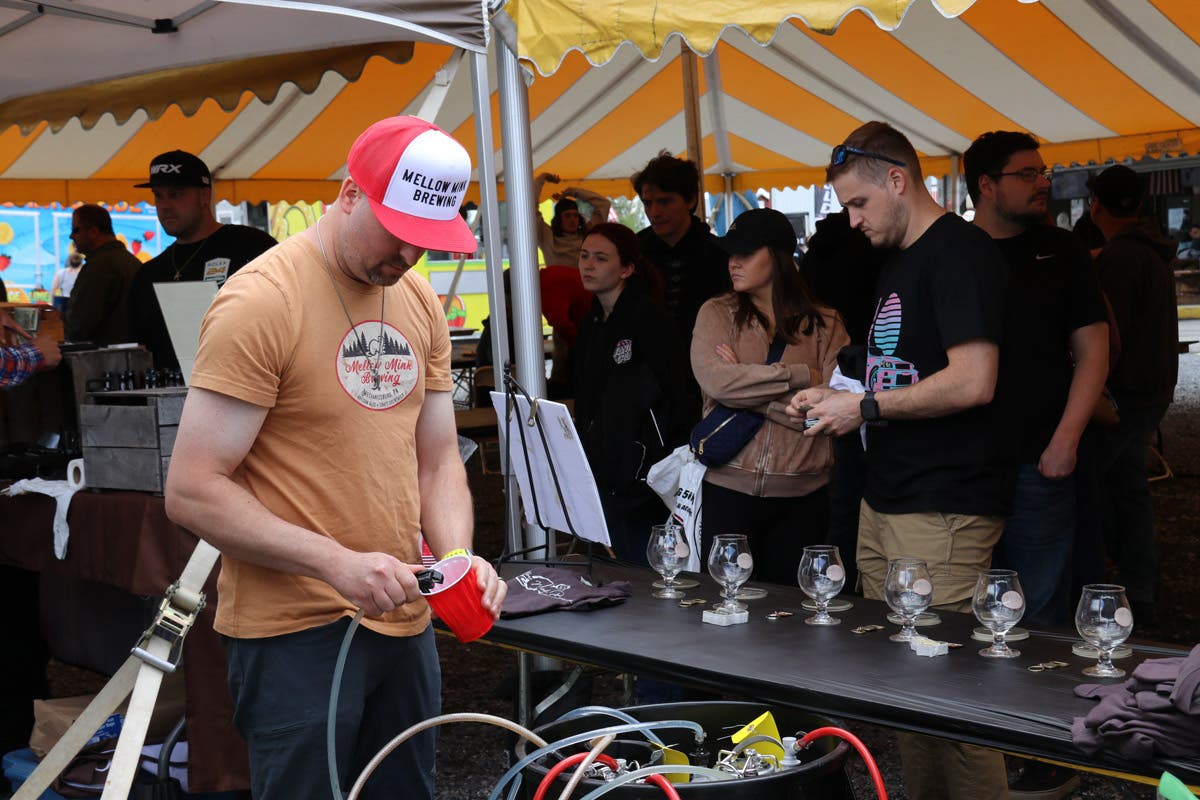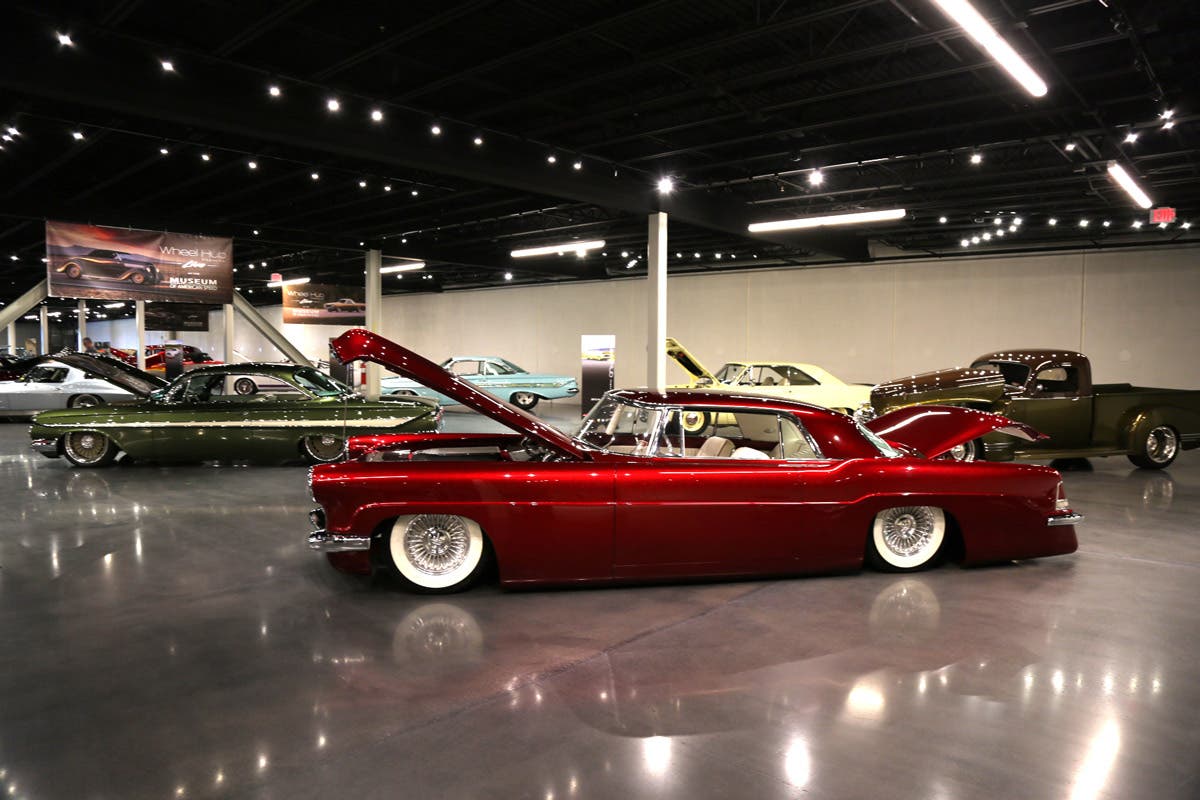Inflation and old cars: Can old iron hedge against inflation?
With inflation on its way up these days many are looking for a safe bet. Can old cars be that safe bet?
With the recent talk about inflation, we were getting a little concerned about our plan to auction in 2022 a portion of our car, motorcycle, literature and automobilia collection. So, we were extremely interested when a talk radio personality spoke about collectibles doing well during inflationary periods. He specifically mentioned coins, baseball cards, model trains and collector cars as “hard assets” that raise in value.
Other media sources confirm what was reported on the radio program. As we all know, the COVID-19 pandemic has brought many changes in American life. Health practices, social interactions and politics have all been affected. Whatever your opinions about the virus and its various effects, no one can deny that prices on everything from groceries to gasoline are significantly higher, and that some of this has to do with a scarcity of commodities. Economists define inflation as “too much money chasing too few goods.”
In the old-car hobby, we feel the pain when we try to order car parts or vintage-style tires for our collector cars. Recently, Arnold Landvoight, president of the Early Times Chapter of the Pontiac Oakland Club International (www.poci.org), penned a small item in the chapter newsletter about classic tires. “If you need to order new tires for your vintage car, now would be the time,” Landvoight wrote, “...if you can even find them.” When ordering tires, Arnold ran into the supply chain shortages that all Americans are currently facing.
Landvoight tried ordering whitewall tires from Universal Tire Co., Coker Tire and Lucas Tire. He could not get any in the size he needed, and had to settle for blackwalls. Since Arnold had not mentioned Kelsey Tire Co., we contacted owner John Kelsey. “The supply chain issues are present throughout vintage tire inventories,” Kelsey told us. “Restoration or replacement requirements can best be met by planning ahead. This situation will continue, in my opinion, through 2022.”
So, we have a “too few goods” situation unfolding in the hobby. On the other hand, since a large proportion of old-car hobbyists are retirees, their supply of money has not grossly affected. However, the job market remains strong with low unemployment and rising wages, particularly for entry-level positions causing a rise in prices for necessities. We all hope that the economy won’t turn into “stagflation” (persistent high inflation), but if it does, old cars and trucks — being “hard assets” — should still go up in value.
Real estate was up at the start of the current period of rising inflation. Some homes began selling for almost twice as much as they were worth a few years earlier. Like collector cars and other automotive collectibles, real estate is a hard asset, and its value increases as the supply of available property drops and the price of new homes increases with the rising cost of goods and services.
In the ’70s, the United States experienced double-digit inflation that hurt sales of new cars, even though auction prices for vintage cars continued to rise. In 1979, we traveled to Chrysler Corp. in Detroit to gather automobile production totals for the “Old Cars Standard Catalogs.” The city was packed with unsold Chryslers, Plymouths and Dodges that had become a glut on the new-car market. At that same time, we were editing auction reports of world-record prices being paid for collector cars and trucks.
That doesn’t mean that collectibles are immune to inflationary pressures, but for the most part, many types of collectibles experience immense price appreciation as inflation sets in. With stimulus money being distributed to Americans by both of the recent political administrations, everything from rare coins to antique firearms to pop culture items such as comic books and baseball cards saw increases in value, sometimes tremendous in size.
Classic car auctioneers and collector car dealers have been doing well since they returned to action after the early days of the pandemic, when nearly every hobby event was canceled. At first, auction houses focused on switching to online auctions, but in-person sales have largely returned. Two friends traveled hundreds of interstate miles to attend two different VanDerBrink auctions in hopes of getting good deals on rare examples of their favorite marques, and both went home nearly empty-handed, shaking their heads at what cars they thought would sell at bargain prices actually traded for.
Now, auctioneers and dealers are promoting collector cars as a great hedge against inflation. It seems like this is true to a degree, even though there are no guarantees that the trend will last long, or that every collector vehicle is going up in value. The reality is that certain antique and classic cars have been a good hedge against high inflation in past eras, although others can turn out to be very bad long-term investments.
Hobby experts say that short-term trading in collectibles has very predictable results, but long-term trading is more like buying an Irish Sweepstakes ticket. The trick is not to buy a car or truck or motorcycle to beat the current inflationary spiral, but rather to buy one that will be worth significantly more 20 years down the road, when prices will naturally be higher, without artificial inflationary forces adding to the increase.
This is the kind of thing that separates the skilled collector from the speculator. If demand for the vintage vehicle you buy today drops off over time, it will not be a good hedge against inflation over a long period of time. Many car hobbyists have experienced this dynamic as pre-World War II car prices generally remain flat. To beat inflation, the value of a collectible must increase — not stay the same (or fall).
In order to combat inflation over 20 years, it’s best to invest in year, make and model vehicles that are less trendy, but have attributes that make them stand out as being special. For example, a car that is rare, a car that has a special owner history, a high-performance car, or a car that is so popular it has a cult following, will often provide the best investment performance, whether it’s a prewar antique, a postwar special-interest model or a muscular later-model.
Inflation affects us all, no matter how we feel about politics, economics or lifestyle. Car collectors can use their knowledge and skill to create a hedge against inflation, if they take the time to sort out the wheat from the chaff. But if they just blindly believe that any vintage automotive asset they buy now is going to be worth more in the future, they may be in for a rude awakening. The more you know about old cars, the better off you’ll be.
If you like stories like these and other classic car features, check out Old Cars magazine. CLICK HERE to subscribe.
Want a taste of Old Cars magazine first? Sign up for our weekly e-newsletter and get a FREE complimentary digital issue download of our print magazine.








